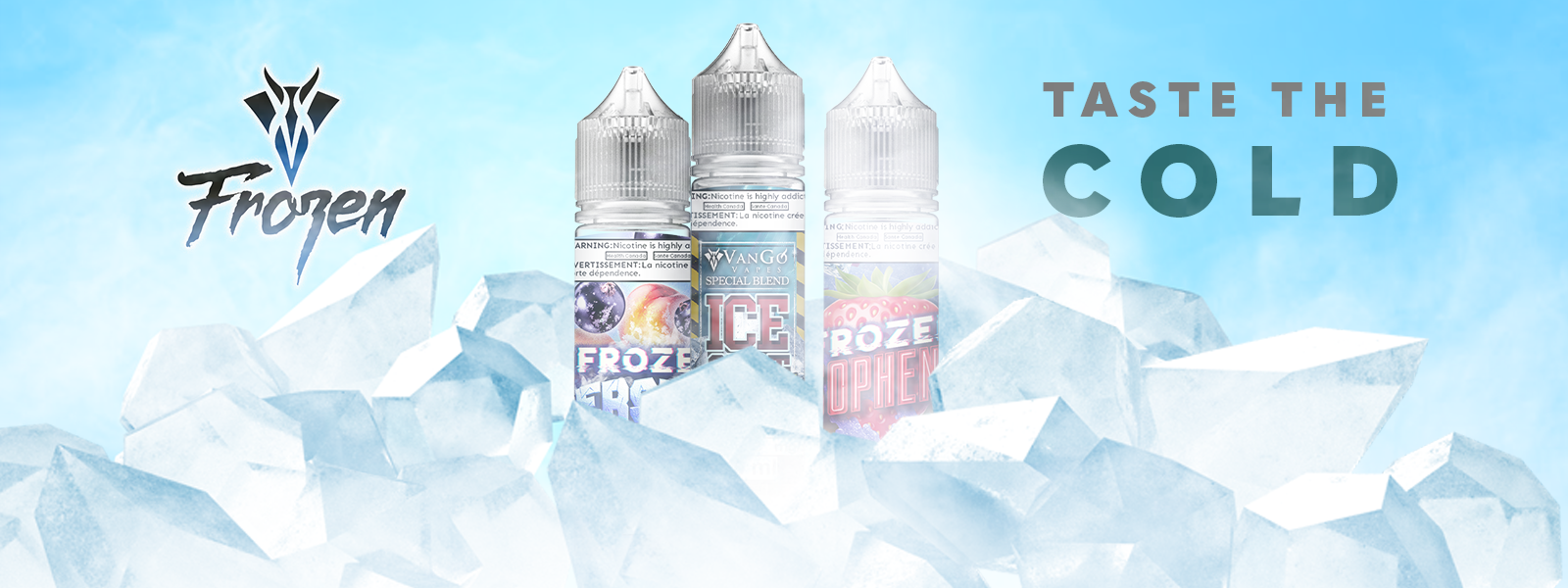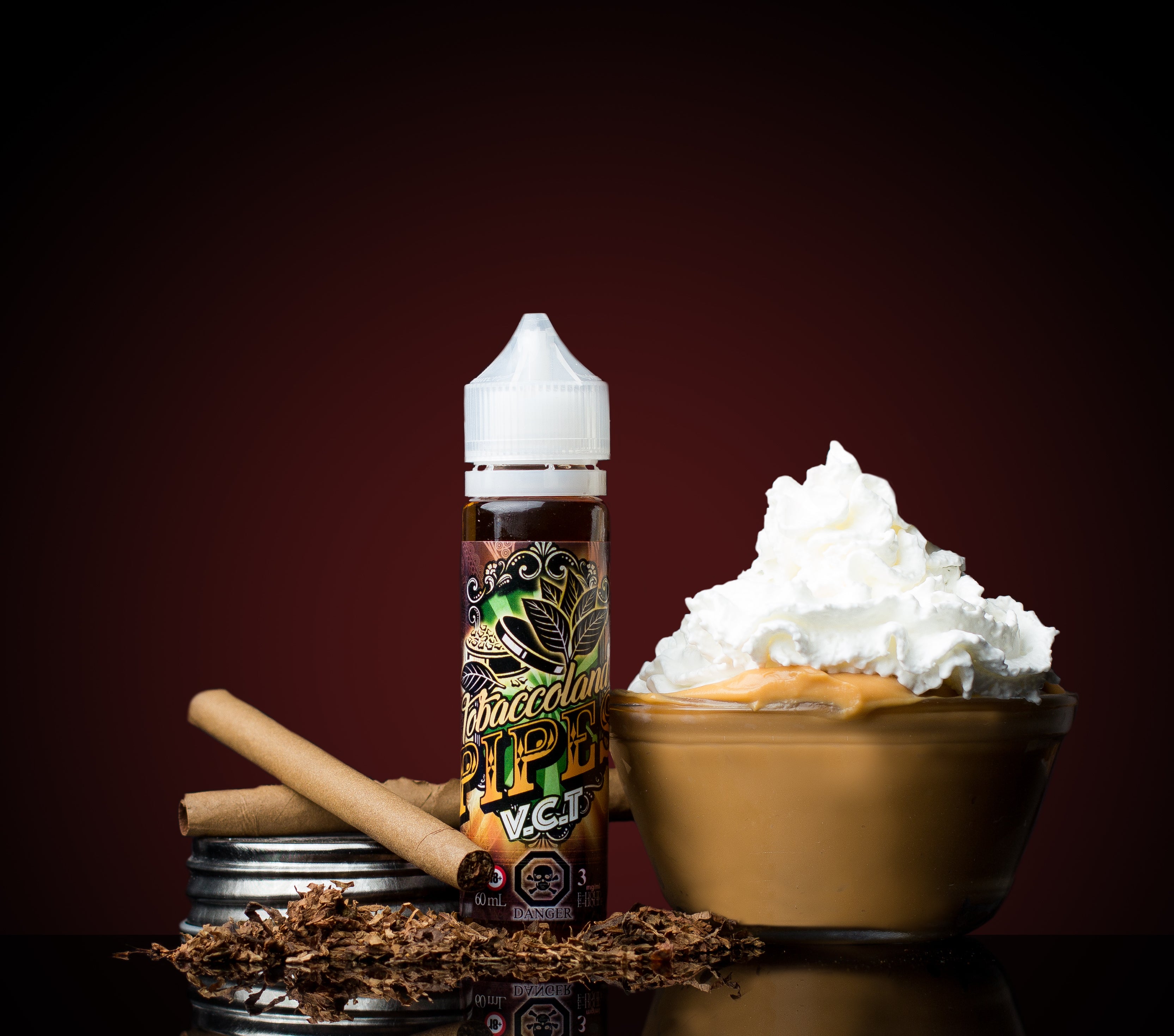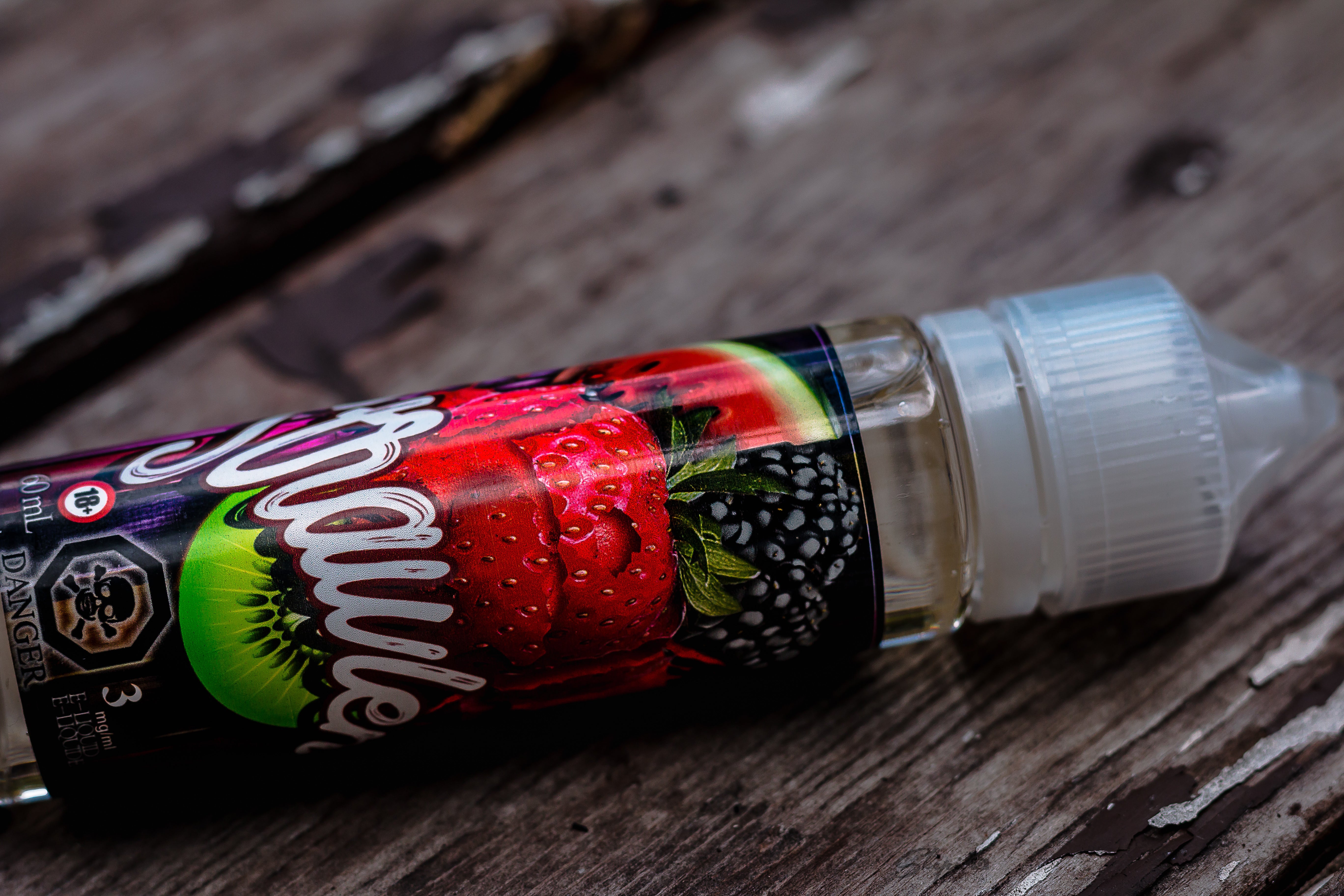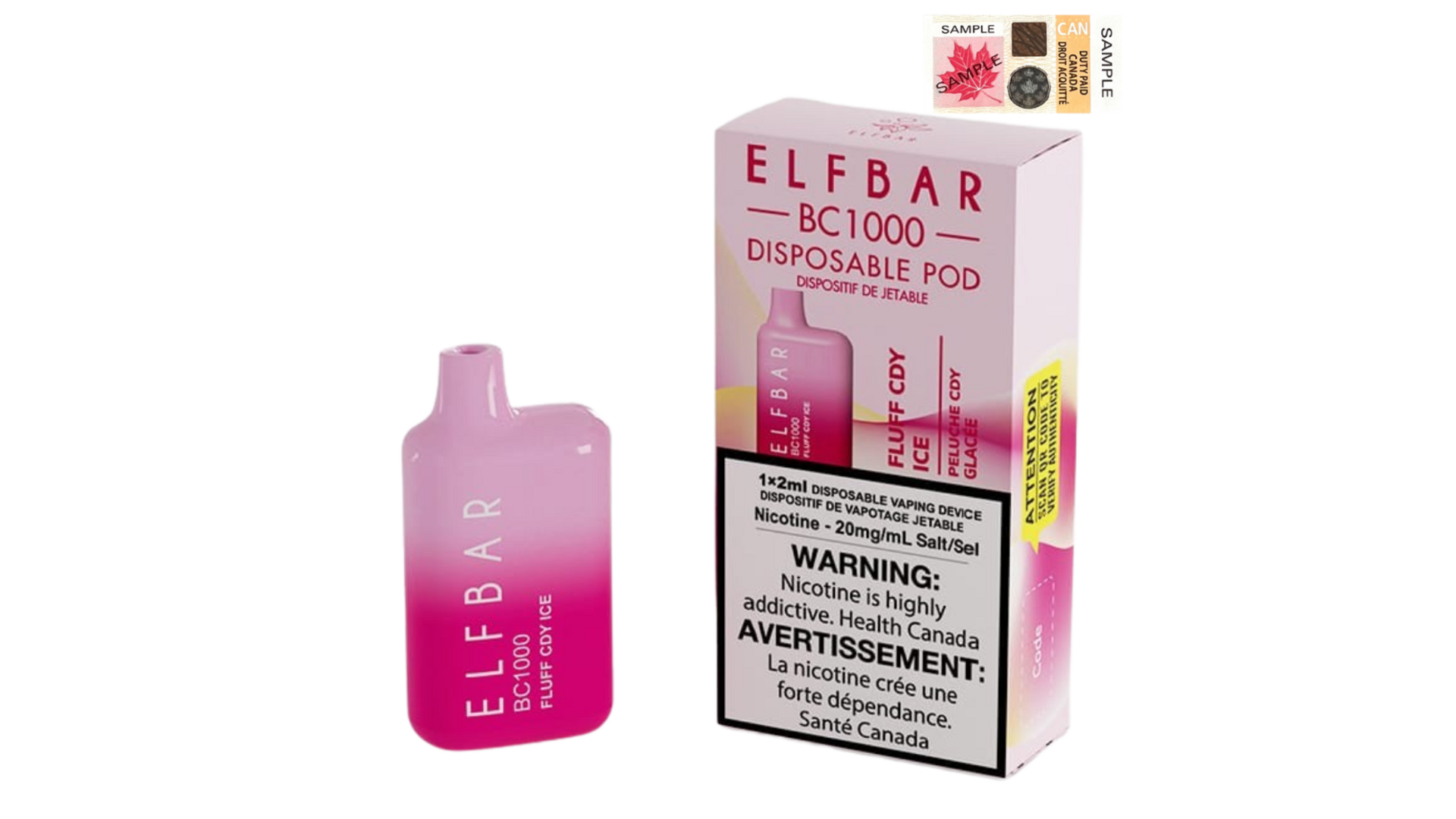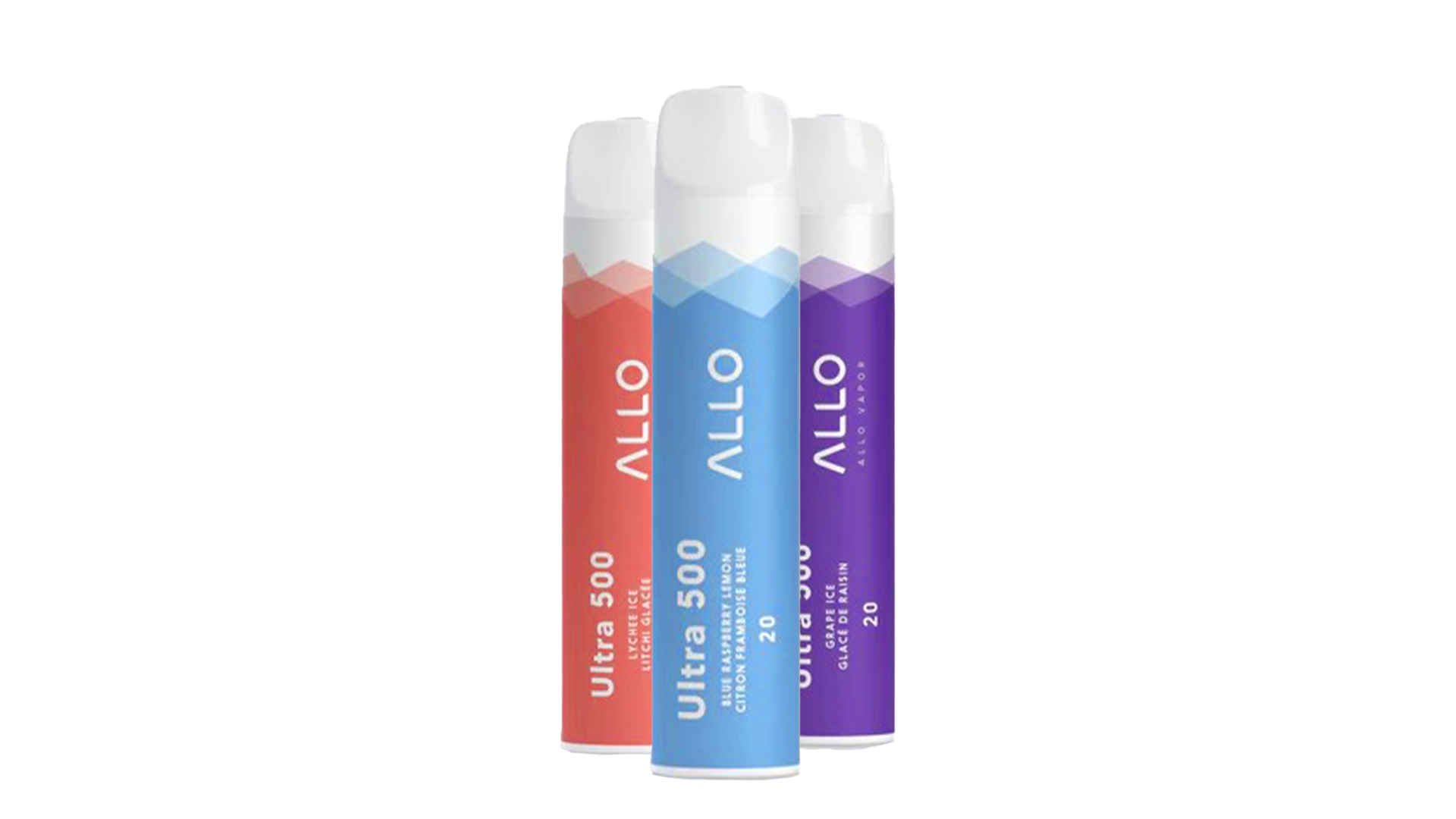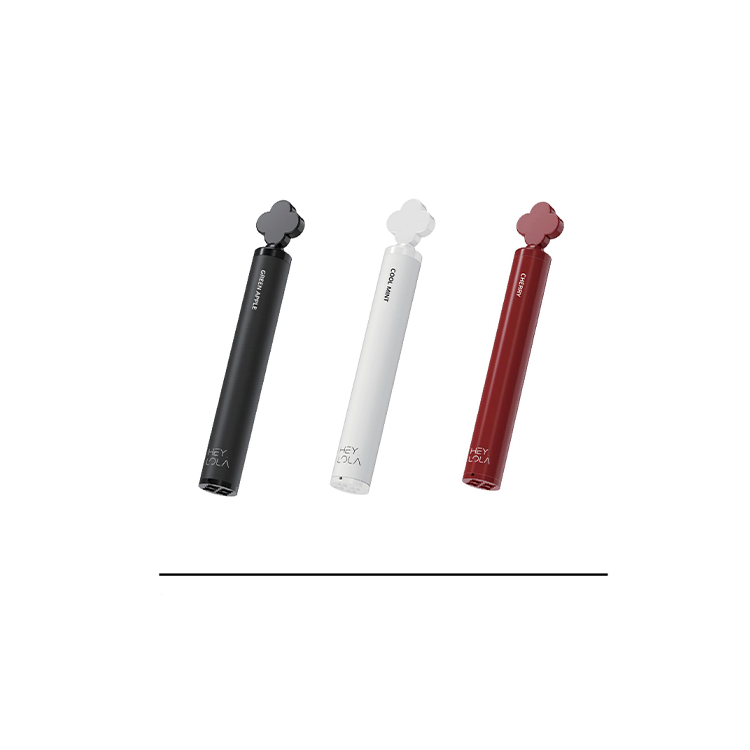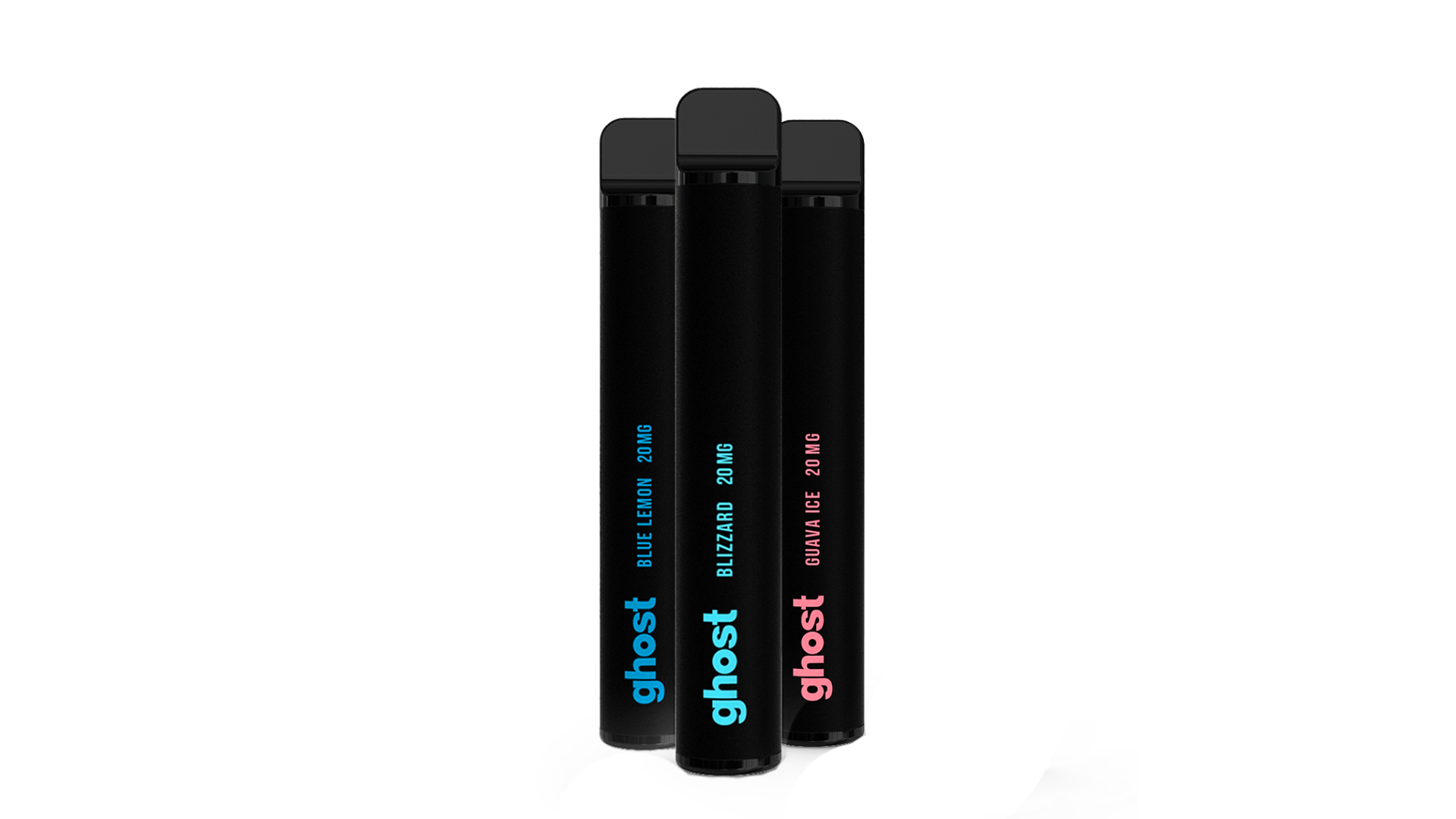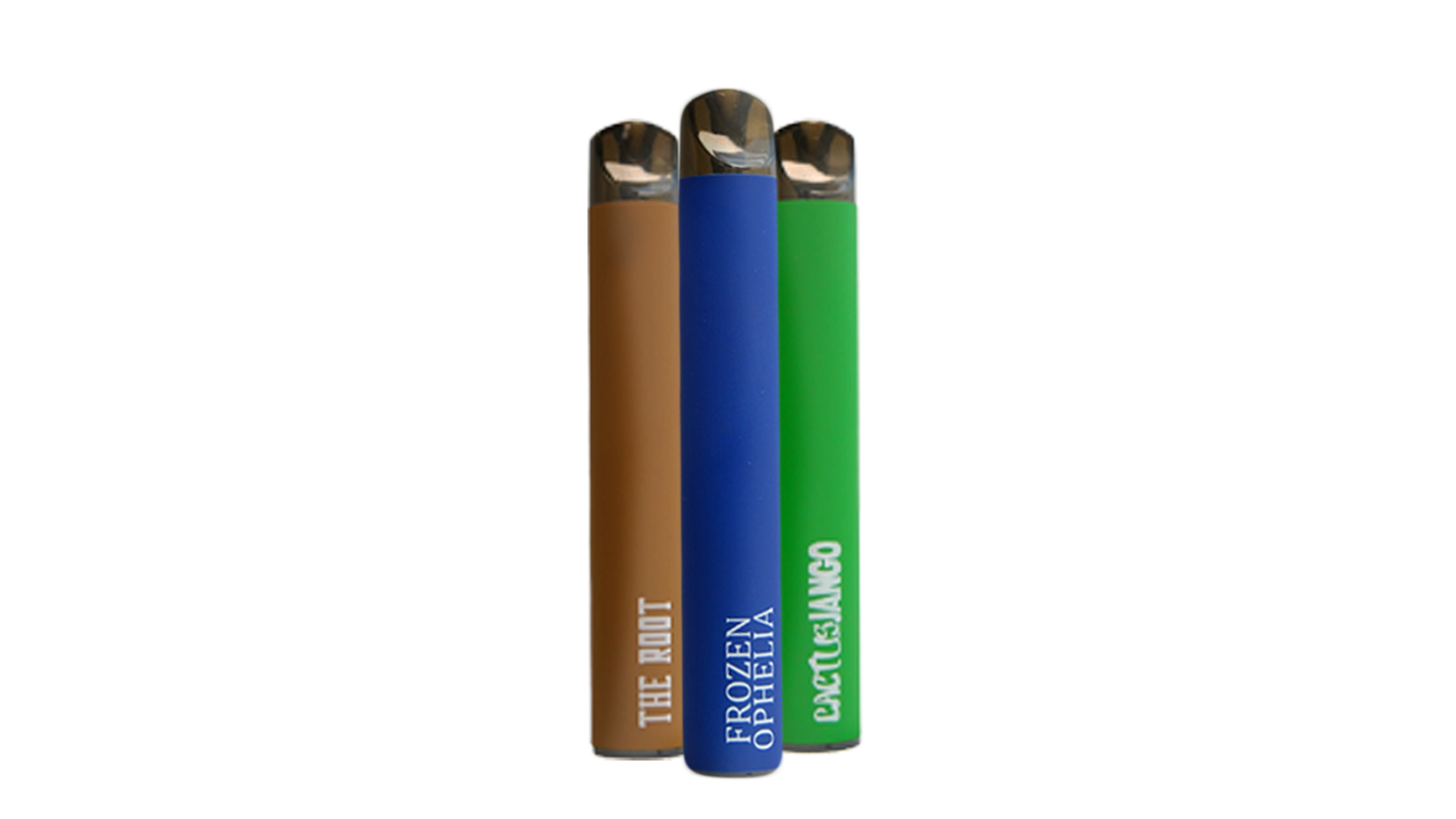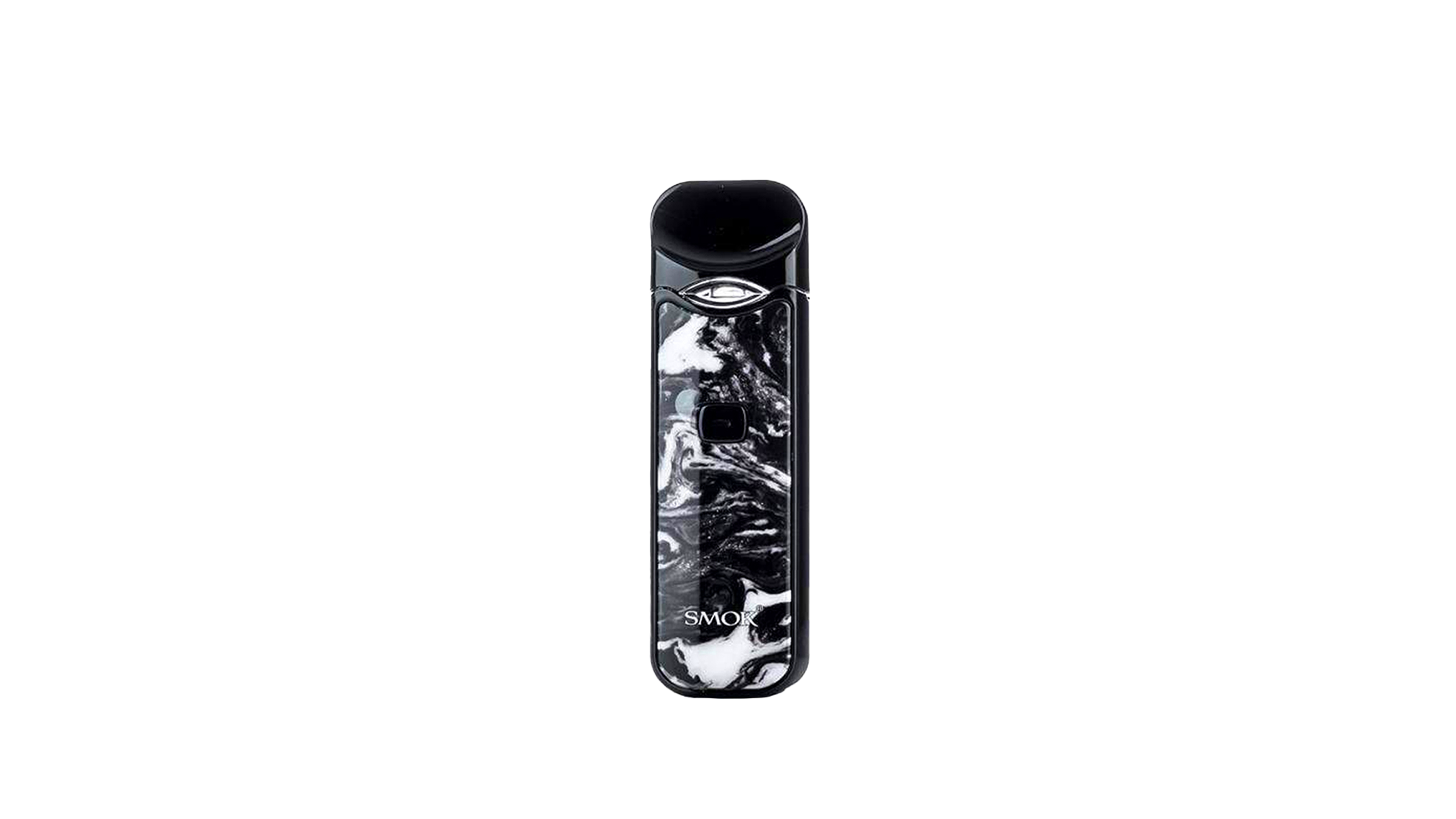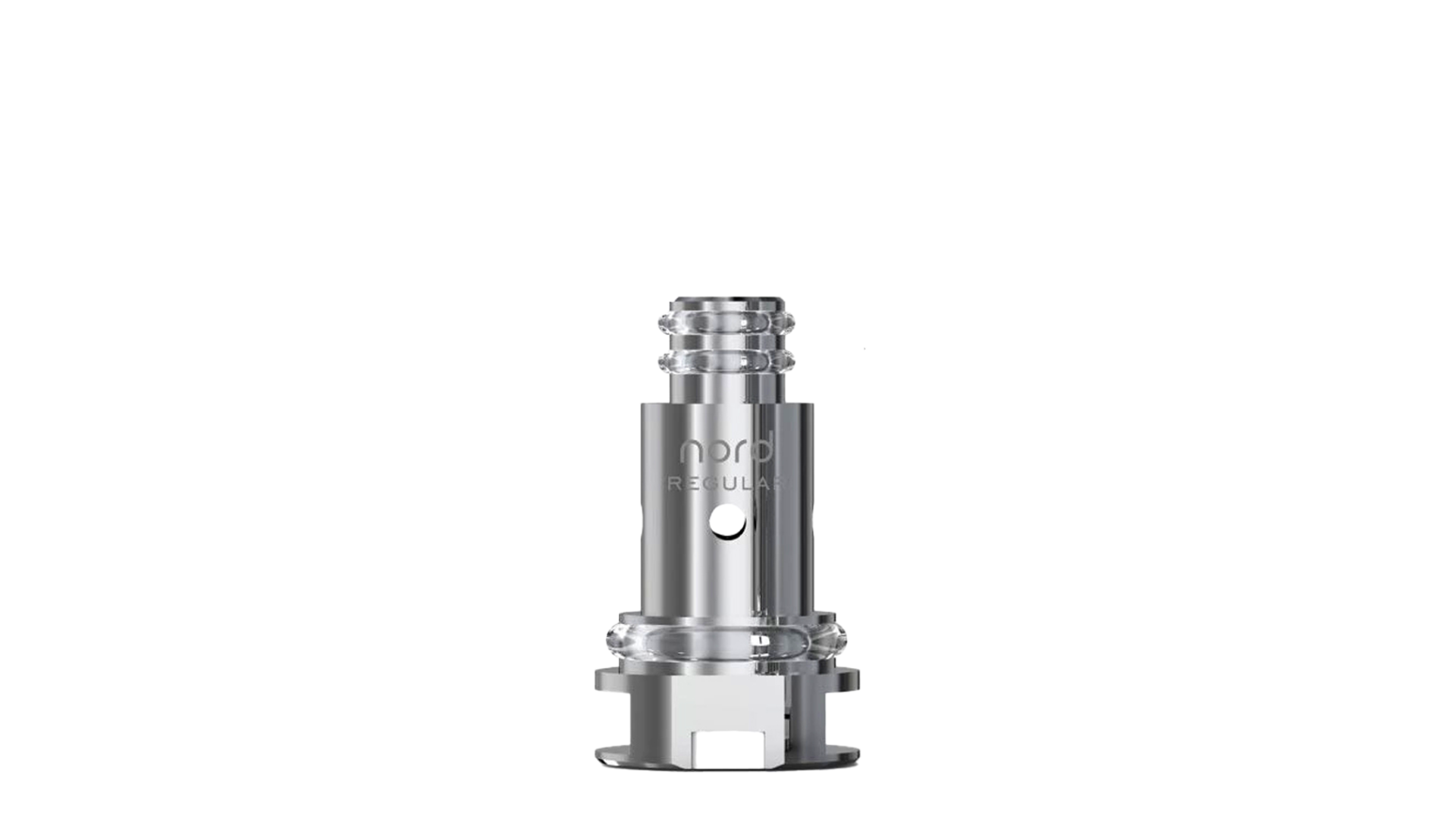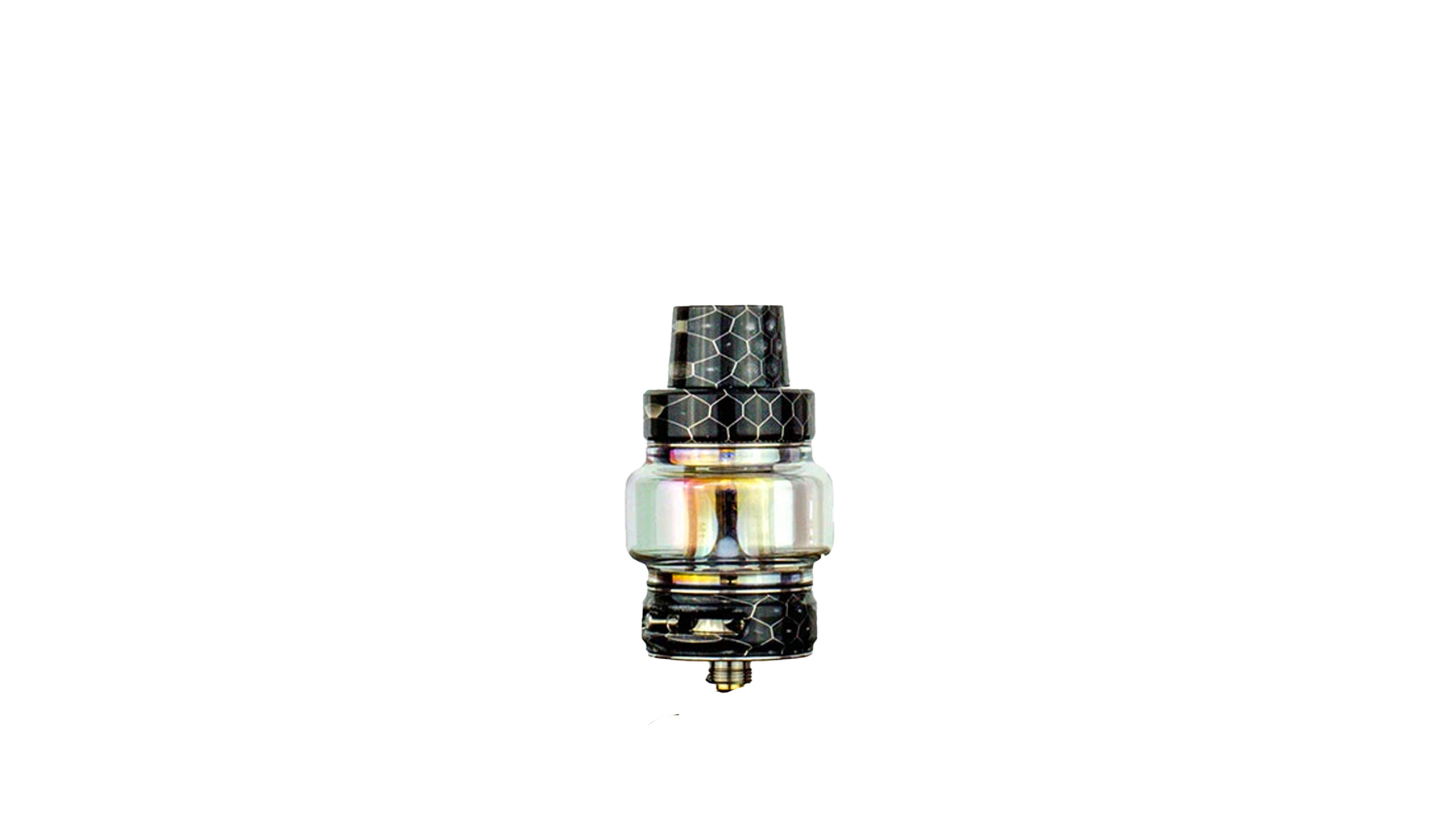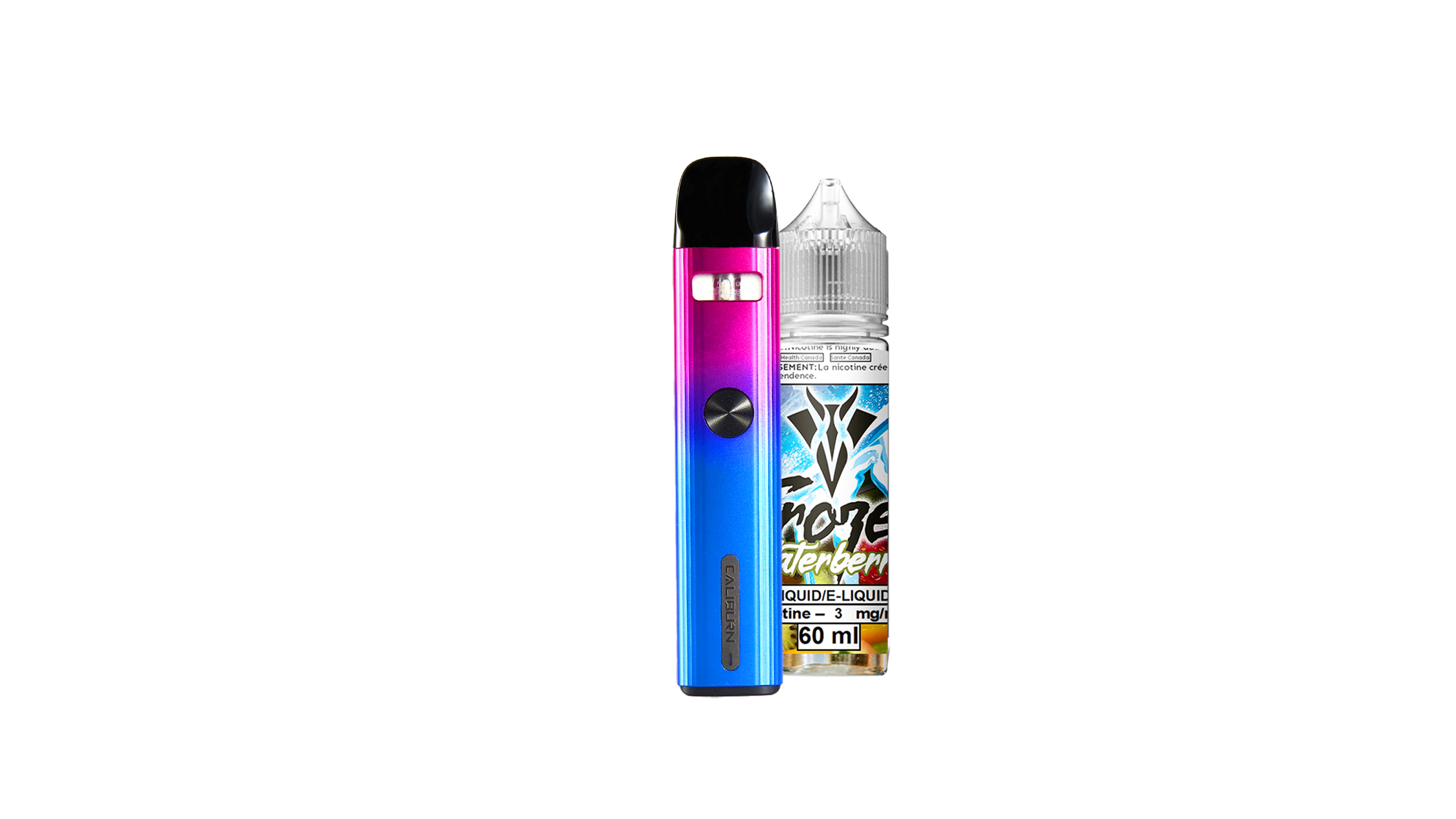What Are Food Flavors Anyway?
Often, when people talk about taste, what they are really talking about is flavor. It’s a common misconception that these words are interchangeable when, in fact, taste and flavor are two different things. Taste is one of the five senses and refers to “the sensation of flavor perceived in the mouth”. Flavor, on the other hand, refers to “the distinctive taste of a food or drink”, and is based on a combination of senses which include taste, touch and smell.
So, when we’re talking about food, we’re talking about flavor. But where do flavors come from anyway?
All food, and everything around us for that matter, is made up of chemicals. Everything we smell and taste, and therefore all flavors, are a response to these chemicals. The notion that naturally occurring chemicals, like those found in fruits and vegetables, and synthetically-created chemicals are somehow different is a faulty way of looking at things.
Both natural and artificial flavors contain chemicals. The only difference between the two is the source of those chemicals. Natural flavors come from edible sources, like fruits or vegetables, that are processed in a lab to create flavorings. Artificial flavors come from inedible sources, like petroleum, that are also processed to create flavorings.
The FDA defines natural flavoring like this:
“Natural flavor is the essential oil, oleoresin, essence or extractive, protein hydrolysate, distillate, or any product of roasting, heating or enzymolysis, which contains the flavoring constituents derived from a spice, fruit or fruit juice, vegetable or vegetable juice, edible yeast, herb, bark, bud, root, leaf or similar plant material, meat, seafood, poultry, eggs, dairy products, or fermentation products thereof, whose significant function in food is flavoring rather than nutritional.”
Artificial flavoring is defined as anything that doesn’t meet this definition!
Let’s take vanilla as an example. Vanilla beans primarily get their flavor from the chemical compound vanillin. Vanillin can also be made synthetically by several chemical processes. So, pure vanilla extract is when vanillin is extracted from vanilla beans, while natural vanilla flavor is synthetically made by fermenting ferulic acid.
Which begs the question, why use artificial flavorings at all? The answer is simple. Often it costs less and can be more environmentally-friendly to produce a flavor artificially than to find and harvest a natural source. Let’s use the example of vanilla again. Natural vanilla comes from a native Mexican orchid. Harvesting and extracting pure, natural vanillin is both time-consuming and expensive. It’s synthetic counterpart, on the other hand, is quick and easy to make.
The majority of the population simply doesn’t realize that there are an equal number of chemicals in natural flavors as in artificial flavors. The point being that artificial flavors are just as safe as natural flavors, sometimes even more so! Artificial flavor-makers must adhere to strict safety regulations and evaluations. Regulations surrounding natural flavors are more lax.
At VanGo, we take pride in the ingredients we use to craft our flavors, and source our flavorings from only the most premium manufacturers. Flaving, or the enjoyment of the experience of flavors through vaping, is what we are all about, and to create the best flaving experience possible, we use the best ingredients. To learn more about how we make our flavors, check out our article Flavor-Making with VanGo’s Chef!
If you enjoyed this read and would love to be kept up to date on all things VanGo, make sure you subscribe to our newsletter below. Welcome to the #VanGoFam!




